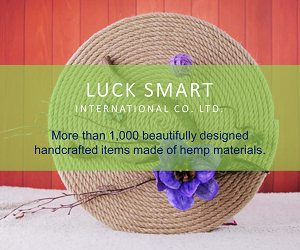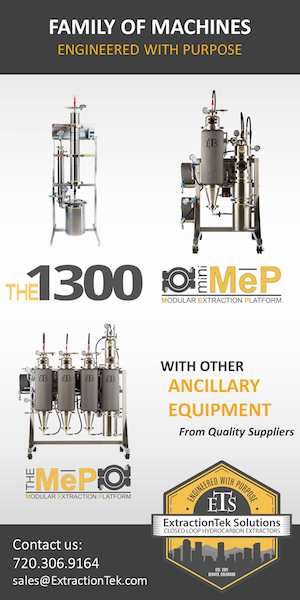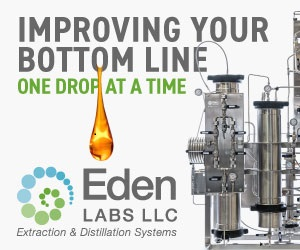- Home
- Featured People
- Brian Gardener
Brian Gardener
@BrianGardener
Director of Research and Development
Sustane Natural Fertilizer
Fertility and Disease Management Expert
Tags
organic fertilizer biostimulant biofertilizer inoculant biopesticide compost compost tea
Biography
Dr. Brian McSpadden Gardener’ career has focused on developing and formulating organic and biologically-based inputs that promote plant growth and health. After receiving his Ph.D. in Botany at Michigan State University, he went to work with the USDA’s Agricultural Research Service working on biocontrol of root diseases. He joined The Ohio State University where his interests in organic and sustainable farming led him towards ever more active engagement with the organic farming community in Ohio and beyond. He rose to the rank of Full Professor and Director of the Organic Food, Farming, Education and Research program. He has published over 50 peer-reviewed scientific articles, invented several new and patented products, and helped launch and grow several start-up bio product companies. Never forgetting the interests of growers, he has authored numerous outreach articles and presented numerous seminars for the organic farming community. He currently serves as Director of Research and Development for Suståne Natural Fertilizer, Inc., a leading manufacturer of organic and natural fertilizers based in Cannon Falls, MN. There he has expanded the company’s products and services to increase plant yields and improve soil quality; profitably, sustainably, and organically. His work with medical Cannabis includes partnering with licensed growers in MI, KY, and CA to develop cost effective fertility managment programs for both indoor and outdoor production. He has presented educational workshops at CannaGrow and the NCIA's Seed to Sale Show on bioproducts and organic fertilizers available for Cannabis production.
Education
Michigan State University
Doctor of Philosophy (Ph.D.)
Licenced hemp and marijuana growers have used Sustane 8-2-4 as part of their fertility programs, but in various ways. This is because some have chosen to rely exclusively on 8-2-4, to greatly simplify their input program, while others integrate that material with other inputs to maximize yields. So, let me give you a few examples of how Cannabis growers can succeed with 8-2-4.
In the first, a hemp grower in Kentucky wanted to know if 8-2-4 would provide good return on investment as an all purpose organic input. That grower's soil was in excellent shape, with >3% organic matter, a near ideal pH of ~6.5, and well balanced macro and micronutrient fertility. By applying 1000 lb/A of 8-2-4 to that field at planting, initial and final stands were increased by about 25% and yields were nearly double that of the unamended plots.
Another hemp grower used 8-2-4 as a sidedress for CBD hemp one month after transplanting. While the foundational fertility was quite high, the sidedress still increased the grower's yield and estimated returns by about $2000 per acre. Interestingly, that same grower tried side dressing with a competing product made from protein meals, but that material actually decreased yields because it seemed to promote greater plant disease in the test plot.
Amongst licenced marijuana growers, Sustane 8-2-4 has been used primarily to amend potting mixes at the time of transplant and as a top dress through the veg stage. By doing so, those growers were able to simplify their fertility management (less time spent mixing and measuring) and reduce costs (the Sustane programs cost significantly less than most fertigation programs). Indoors the yields were as good as their best hydro program. Outdoors the Sustane program has become their standard, yielding just under 2 lbs/plant, with 8-2-4 providing about 70% of the total nutrient input.
Safe, simple, and cost effective inputs-that is what Sustane provides Cannabis growers. Contact me directly for specific advice for your grow.
There are many ways to grow legal Cannabis successfully. However, the cost effectiveness of each will depend largely on location, type of production, the scale of production, and the costs of labor employed.
When and where outdoor growing conditions are favorable and allowed, capital and input costs are lowest. However, in most states, legal production of marijuana must be done in greenhouses or warehouses. Such production requires significant capital investments in lighting, temperature, and humidity control systems, so comparing initial costs versus lifetime costs of different options is key.
An operation’s choice of growing medium, fertilizer, and irrigation practices also will greatly influence production cost efficiencies. Soil- and potting-mix based systems that are hand-watered will cost less to implement and maintain, but they also require more labor than hydroponic systems that rely on automated fertigation. As for inputs, dry granular fertilizers that are incorporated into growing media are much less expensive than soluble salts and hydroponic solutions. And, both indoors and outdoors, organic production practices tend to reduce overall input costs by improving yields and quality while reducing the need for more costly pesticides.
While there is no “one size fits all” model to optimize returns, there is one general pattern worth noting. Smaller operations (e.g. < 1,000 lbs. dry product per year) tend to do better with more manual growing programs. These cultivators rely mostly on incorporated fertility and hand watering by labor also involved in harvesting and trimming. In contrast, successful larger operations (e.g. >10,000 lbs. dry product) tend to rely more on automation, labor specialization, and redundancy to prevent system failures that could reduce profitability.
While not an essential plant nutrient, supplemental silicon (Si) has been shown to improve plant yields and quality under certain conditions. For example, Si-accumulators, like rice and sugarcane, can yield more when supplemental silicates are provided (e.g. as liming materials). Additionally, powdery mildew of cucurbits, like pumpkin, can be reduced by added Si. For non-accumulators, like Cannabis, sufficient Si is provided in most water supplies, natural soils, enriched potting mixes, and some organic fertilizers. Still, supplemental Si is recommended if you are using RO water and/or growing hydroponically or aeroponically (i.e. without natural soil components).


